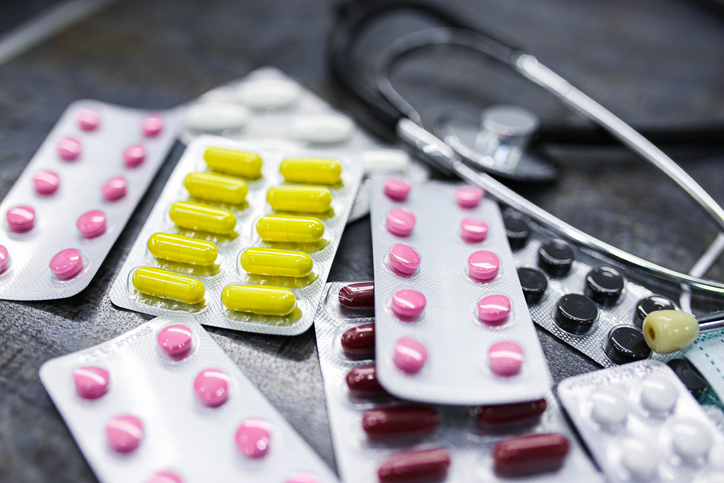Dispensing GPs driven by 'profit motive' report finds
In Analysis
Follow this topic
Bookmark
Record learning outcomes

Doctor dispensing raises drug costs per patient by 4.2 per cent and gives rise to prescription patterns that are "consistent with a profit motive," according to an analysis of NHS England data from 2011-18 carried out by the Centre for Healthcare Economics at the University of York.
The higher costs reflect more prescribing per patient, and more expensive drugs being prescribed, including potentially inappropriate substances such as opioids, says the report, Financial Incentives and Prescribing Behaviour in Primary Care. Dispensing practices also prescribe smaller packages as reimbursement is partly based on a fixed fee per prescription dispensed.
The CHE report analyses the effect of dispensing rights on the prescribing behaviour of GPs in the English National Health Service using quarterly data from 2011 to 2018 on the cost, volume, and pack size (drug amount per prescription) of all types of drugs prescribed in every general practice in England.
The researchers used detailed information on the characteristics of practice patients (age/sex composition, prevalence rates for 12 chronic conditions, and deprivation profile) and practice organisation (list size, number of GPs, proportion of GPs who are profit sharing partners, proportion trained in the UK, GP age) to create ‘entropy balanced’ samples of dispensing and non-dispensing practices.
They found that the prescribed drug cost per patient is 4.2 per cent higher in dispensing than in non-dispensing practices, which results from both prescribing more often (2.4 per cent more prescriptions per patient), and more expensive drugs (1.6 per cent higher cost per prescription; 0.7 per cent more branded drugs).
Dispensing practices receive a fee for each item they dispense and practices respond to this incentive by reducing the volume of drugs in each prescription by 16.1 per cent compared with non-dispensing practices. There are also differences in the pattern of prescribing: dispensing practices prescribe, per patient, 3.7 per cent more opioids, 2.9 per cent more anti-depressants and 3.7 per cent more OTC medicines.
Practices which have a larger proportion of dispensing patients have higher drug costs, more prescriptions per patient, smaller pack sizes, and a smaller proportion of generic prescriptions.
The report concludes that a dispensing GP practice of average size (approx. 7,800 patients) has additional revenue of £57,650 per year, on average, of which 87 per cent is due to additional prescribing expenditure and the remaining 13 per cent reflects dispensing fees linked to additional prescribing (assuming all prescriptions are dispensed on-site). Aggregated over the 918 dispensing practices in the English NHS in 2018, this amounts to an additional expenditure of approximately £53m per year.
However, the analysis only provides a partial picture of the full consequences of doctor dispensing, the researchers say. “We do not know whether the additional expenditure generates health benefits (eg. due to improved adherence to pharmacological therapy), nor how much it reduces travel time for patients and how this is valued. Furthermore, we do not observe the cost of operating an on-site dispensary to GP practices.
“In summary, our analysis provides evidence that English GPs modify their prescribing behaviour when permitted to dispense medications in ways that are consistent with a profit motive. These behavioural differences are unlikely to be explained by differences in the health care needs of their local patient populations.”
